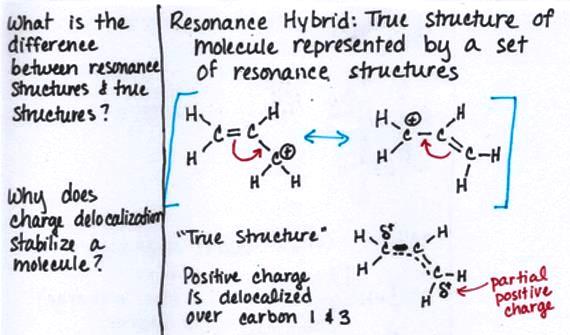I relied heavily on The Cornell Note-Taking system during my Cambridge undergraduate course because it forced me to make my own (great) notes. I learned this technique in first year of undergraduate and used it right through to my final masters year.
An interesting study found that students who reviewed their own notes outperformed students who reviewed notes given to them by their teacher. Several interesting studies have found that students who hand-wrote their notes learned more than those who typed them. The best notes are therefore hand-made, self-made and Cornell Style.
To make your own Cornell Notes, start by drawing a giant 工 on the page. The left portion should be around 7 cm wide and is called the Cue Column. This is where you’ll put your subheadings, all of which should be written as questions. In the larger column on the right, answer your questions by writing notes in the usual manner. Keep the bottom four centimetres of each page as a summary or conclusion. Get a great Cornell notes summary sheet here.
Once you’ve made your Cornell Notes, use your Cornell Notes in the following five ways:
1) Record
During the lecture, use the note-taking column to record the lecture using telegraphic sentences.
2) Question
As soon after class as possible, formulate questions based on the notes in the right-hand column. Writing questions helps to clarify meanings, reveal relationships, establish continuity, and strengthen memory. Also, the writing of questions sets up a perfect stage for exam-studying later.
3) Recite
Cover the notetaking column with a sheet of paper. Then, looking at the questions or cue-words in the question and cue column only, say aloud, in your own words, the answers to the questions, facts, or ideas indicated by the cue-words.
4) Reflect
Reflect on the material by asking yourself questions, for example: “What’s the significance of these facts? What principle are they based on? How can I apply them? How do they fit in with what I already know? What’s beyond them?
5) Review
Spend at least ten minutes every week reviewing all your previous notes. If you do, you’ll retain a great deal for current use, as well as, for the exam.
Making your own notes is a very efficient way to learn. Any teacher who gives pre-made notes to their students is depriving their students of the opportunity to learn for themselves. It’s fine to give some notes to students as an example, but the vast majority of student notes should be written by the students themselves (even if they’re copying most of it from the whiteboard). Try the Cornell note-taking system for a week and see how it improves your understanding of Chemistry.

Do you have a special note-taking system that works well for you? Do you prefer it when teachers give you notes? Do you know someone who uses a special note-taking method and achieves high grades? Let me know in the comments section below.